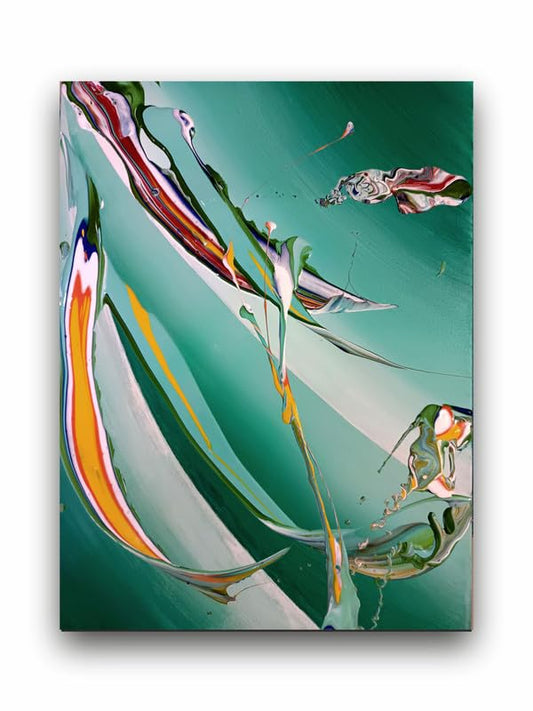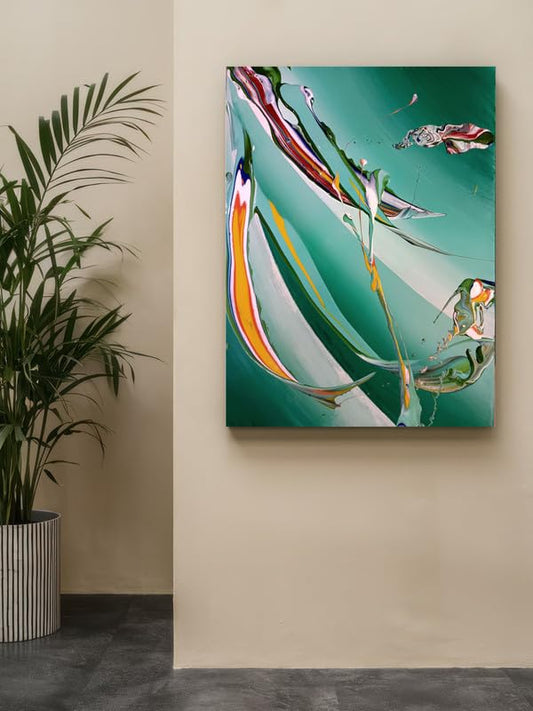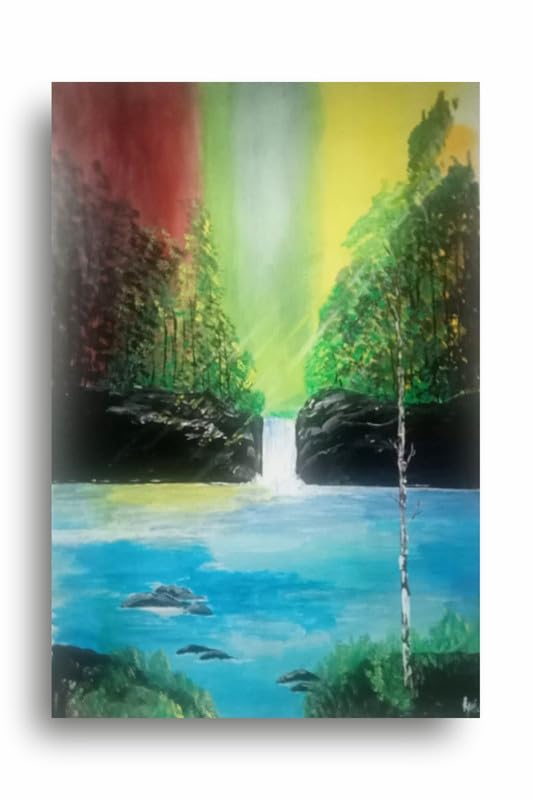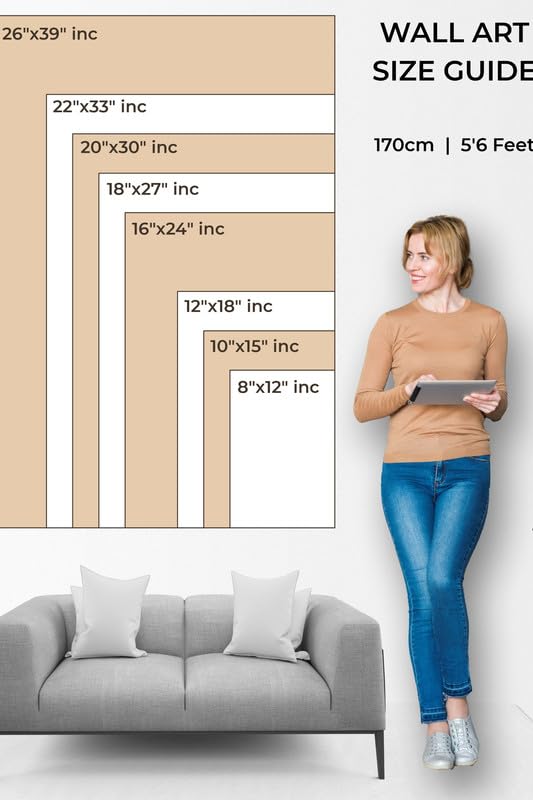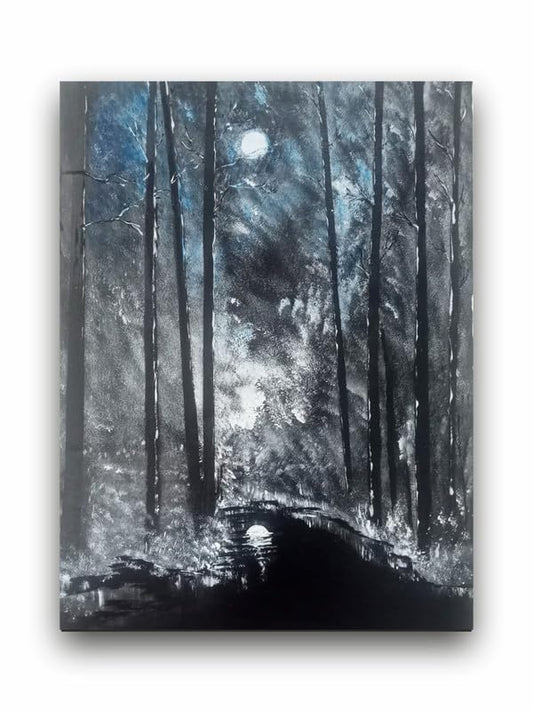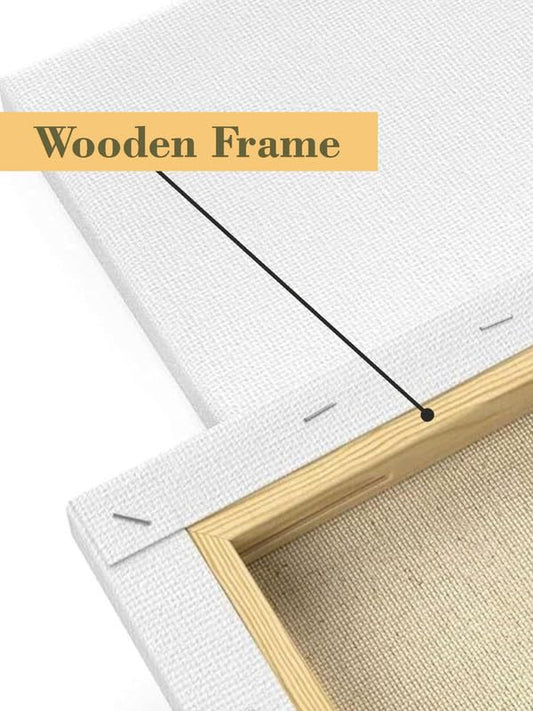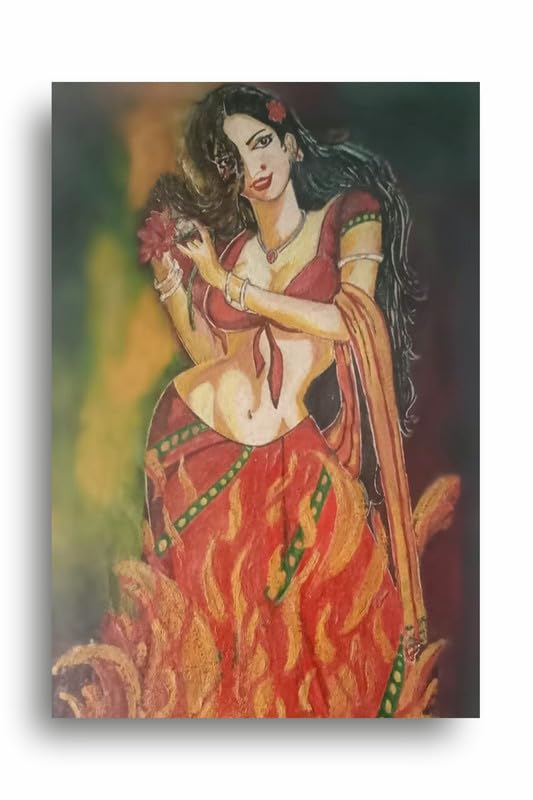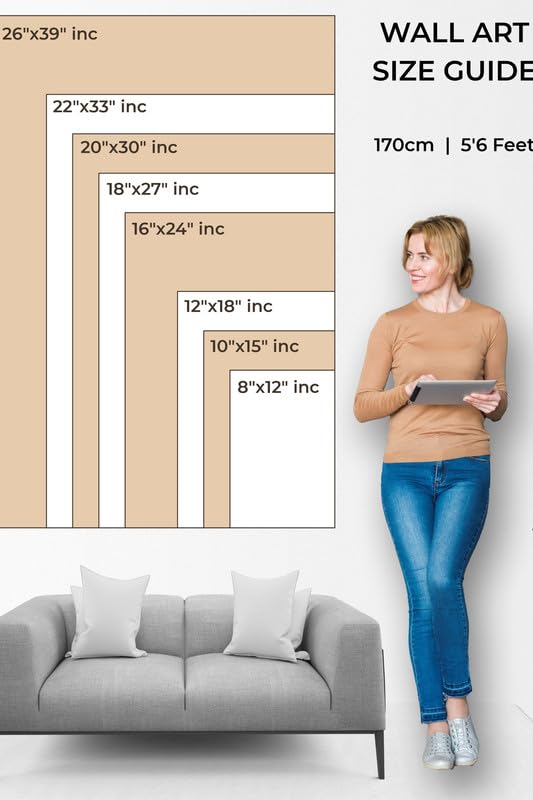
Breaking the Traditional Canvases of Abstract Art
Breaking the Traditional Canvases of Abstract Art
Abstract art breaks free from the forms and color restrictions of traditional representation and allows the expression of emotions, ideas, and concepts in a nonrepresentational way. But what if that freedom in form and colors took it to a whole new level in the canvases themselves? Well, a fair number of artists are already doing that: to break all those rules using non-traditional canvases. These untraditional surfaces open new avenues for creativity, texture, and engagement. Below are some of the most exciting non-traditional canvases that abstract artists experiment with today.
1. Wood Panels
While used from the beginning in classical art, modern abstract artists rediscover wood panels because of their quality texture and great durability. Wood does not stretch or move under a brush as canvas does; it offers a hard surface, which can be layered and detailed precisely. The organic texture and grain of the wood itself can add another dimension to the piece, working interestingly with the abstract shapes and colors.
2. Glass and Plexiglass
For transparent and light issues, plexiglass and glass offer opportunities for artists. Any abstract art on glass acquires meaning when viewed from different sides. Plexiglass is lighter in weight and less fragile compared to glass but it's flexible just like glass for the purpose of installation. Paint or other media can be layered on both sides of the surface to go deep.
3. Textiles
Fabric is now the trend for abstract painting canvases. Burlap, silk, and even clothing introduces texture to a design that might interest someone doing an abstract. Flexible, tactile in nature, fabric allows manipulation from sewing, to tearing, to layering that produces a piece rich with depth and dimension, inviting viewers to touch and explore at both physical and visual levels.
4. Metal
Abstract artists are also using the reflective and durable quality of metal surfaces, such as aluminum or steel, in preference to their parents. In working with paint on metal, effects may be different, allowing for a smoother finish and sometimes brighter colors. An artist might also expose parts of the metal as if parts of the material will compose it.
5. Assemblage//Found Objects
Most abstracting with mixed media consists of found objects. Can doors, driftwood, or any other item be construed as a canvas for a unique and textured story that doesn't bring with it the simplicity of traditional canvas art? All this history is nestled within the object, layering meaning beyond the abstract composition.
6. Plastic or Recycled Materials
The rising awareness about the environment has led to artists now using plastic or other recycled materials as canvases. This not only reduces waste but often produces unique textures and reflective qualities. In these uncommon surfaces, the artist as well as the viewer must reassess the relationship between art, environment, and sustainability.
Conclusion
The more experimentation that happens within the abstract world, the more a less traditional canvas is probably the best avenue from which to build further upon creativity limits. Natural wood texture, metal, or glass can be at times transparent and create another dimension in abstract expression. Artists are free to explore new ways of communicating their ideas and go so far as making it innovatively captivating work by breaking away from the standard canvas.

